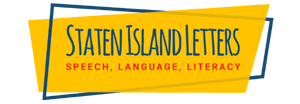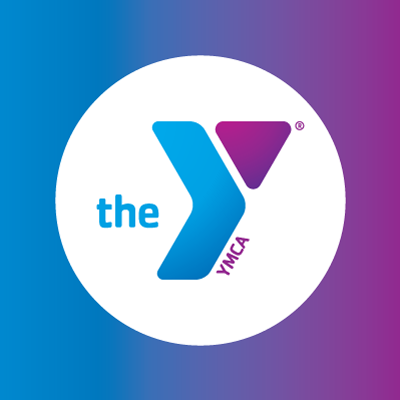STATEN ISLAND BABY TODDLER PRESCHOOLER SPEECH-LANGUAGE DELAY
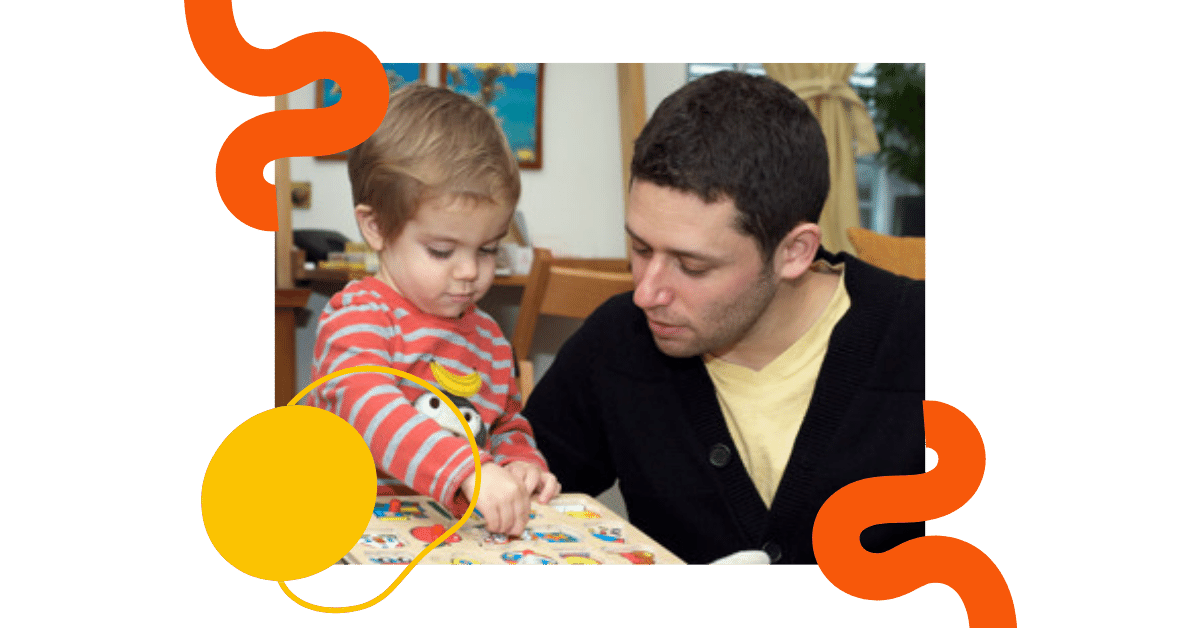
As Featured In:
Our Speech Therapists Travel to Your Staten Island Home! | Top In-Person Private Pay Speech Therapy for Baby Toddler Preschooler Speech-Language Delay in Staten Island | Free Consultation and Meet & Greets With Our Staff
Our Speech Therapists Travel to Your Staten Island Home! | Top In-Person Private Pay Speech Therapy for Baby Toddler Preschooler Speech-Language Delay in Staten Island | Free Consultation and Meet & Greets With Our Staff
WE TRAVEL TO THE FOLLOWING STATEN ISLAND NEIGHBORHOODS:
Our Speech-Language Pathologists and Therapists
We travel to you and we also offer remote services. Some of our speech-language pathologists are trained in the Orton Gillingham approach. Many of our speech-language pathologists are trained in literacy and offer support with decoding, spelling and reading fluency services. Our speech-language pathologists and therapists work with babies, toddlers, school-age students, and adults with expertise in:
Our Speech-Language Pathologists and Therapists
We travel to you and we also offer remote services. Some of our speech-language pathologists are trained in the Orton Gillingham approach. Many of our speech-language pathologists are trained in literacy and offer support with decoding, spelling and reading fluency services. Our speech-language pathologists and therapists work with babies, toddlers, school-age students, and adults with expertise in:
- Pronunciation/Enunciation
- Articulation
- Expressive Language Disorder
- Writing & Speaking Therapy
- Comprehension- Listening & Reading
- Listening Comprehension
- Auditory Processing
- Vocabulary
- Teens – Language Therapy
- Stuttering
- Feeding
- Oral Motor
- Voice
- AAC
- Adult Speech Therapy
- Public Speaking
- Accent Reduction Modification Speech Therapy
BABIES, TODDLERS, PRESCHOOLERS
When we setup an initial consultation and/or evaluation, we will assess your child’s speech and language skills and determine if there are speech language delays. Our analysis will target where your child is having difficulty with their speech and language development. Pinpointing the underlying difficulties is critical for effective treatment. In addition to language therapy, we provide speech therapy for all ages.
Read about Early Childhood Concepts.
EARLY STAGES OF COMMUNICATION
Before a child speaks, he/she child relies on non-verbal communication, e.g. pointing, reaching, and handing an object to a parent. Babies and toddlers with communication delays- who are not ready to speak- first need help learning how to communicate non-verbally and some babies and toddlers need help with their social focus, called joint attention. Therapy focuses on increasing the frequency and improving the quality of the child’s communicative gestures and improving their focus during social games/activities.
EARLY EXPRESSIVE LANGUAGE DEVELOPMENT
Early expressive language development is characterized by the quantity and quality of the child’s vocabulary, and the manner in which a child combines words before speaking full sentences. Once the child is speaking in full sentences, his or her development is characterized in terms of how well the words are used to convey more complex ideas or thoughts.
Delays in early language development involve slower acquisition of sounds, words, combining words, less frequent social communicative attempts, and difficulty understanding cognitive or linguistic concepts (such as big vs. small, under vs next to, some vs all, or first vs. last). If a child is having significant expressive language issues compared to peers, he or she may have an expressive language disorder (also known as spoken language disorder) or an expressive language delay (for children 4 years and younger).
LATE TALKERS
While delayed speech or language in some children may not point to an expressive language disorder, some toddlers with a limited vocabulary for their age and exhibit other symptoms may be at risk of a speech or language disorder.
In particular, studies suggest that mild comprehension for their age, a family history of learning issues and speech and language problems, and using few gestures when communicating are indicators that a child could have continuing delayed speech or language. This may mean that a child is showing signs of a language condition (expressive or expressive/receptive language) also known as a Developmental Language Disorder (DLD) or language impairment, as research calls it.
Stages of babbling:
- 0-2 Months: Crying and cooing
- 3-4 Months: Simple speech sounds (goo).
- 5 Months: Single-syllable speech sounds (ba, da, ma).
- 6-7 Months : Reduplicated babbling – repeating the same syllable (ba-ba, na-na).
- 8-9 Months: Variegated babbling – mixing different sounds (ba de da).
- 10-11 Months: Jargon – complex babbling with simple words (baba da ma ball da).
- 12 Months: Real words gradually take over.
By 1 year of age, most babies will:
- Look for and be able to locate the source of a sound.
- When you call their name, they usually respond.
- Wave goodbye.
- Look where you point when you say,
- Babble with intonation (voice rises and falls as if they speak).
- Take turns “talking” to you, paying attention and listening when you speak, and then babbling when you stop. Say “da-da” to their father and “ma-ma” to their mother.
- Say at least 1 word.
- Make sounds while pointing to items they want that are out of reach.
By the age of two, most toddlers will:
- Point to various body parts and common objects.
- Point to common images in books.
- Follow 1-step commands without a gesture, such as, “Put your cup on the table.”
- Be able to say about 250 but cut off is 50 spontaneous words, and they are combing words Dadda Up
- Say a few two-word phrases, such as “Daddy go,” “Doll mine,” and “All gone.”
- Perhaps say 3-word sentences like “I want juice” or “You go bye-bye.”
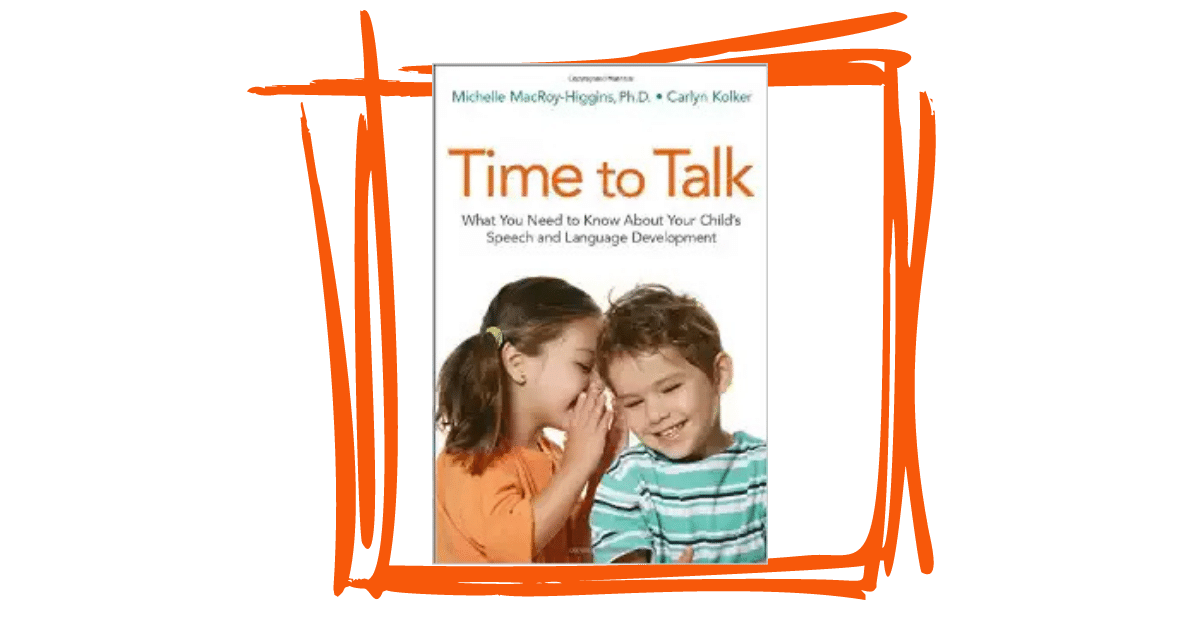
Know more about late-talking in this interview with Dr. Michelle Macroy-Higgins, Ph.D., CCC-SLP, speech-language pathologist, associate professor in the Speech-Language Pathology and Audiology Program at Hunter College, New York, and author of Time to Talk: What You Need to Know About Your Child’s Speech and Language Development. She speaks with speech-language pathologist, learning specialist, and Brooklyn Letters CEO Craig Selinger about the signs and symptoms of late-talking and how to diagnose it in young children.
What is the relationship between language and learning disabilities
During this early stage of expressive language and speech and language development, toddlers also begin to acquire and develop their narrative skills. This is crucial as young children expand their use of language and communication by retelling or describing stories, experiences, or past events. Narrative development is directly correlated with a child’s success in school and academic achievement.
Typically developing children commonly acquire all grammatical morphemes by age four (see chart below). But for children struggling with the narrative language or coping with a language delay, parents may notice some missing aspects in their child’s language skills. At Staten Island Letters, we work with students who struggle with narrative development.
Another condition is Social Communication Pragmatic Disorder (SCPD). Learn more about social communication pragmatic disorder, its symptoms, causes, and strategies parents can employ to support their child with this disorder.
Read about Early Childhood Developmental Milestones.
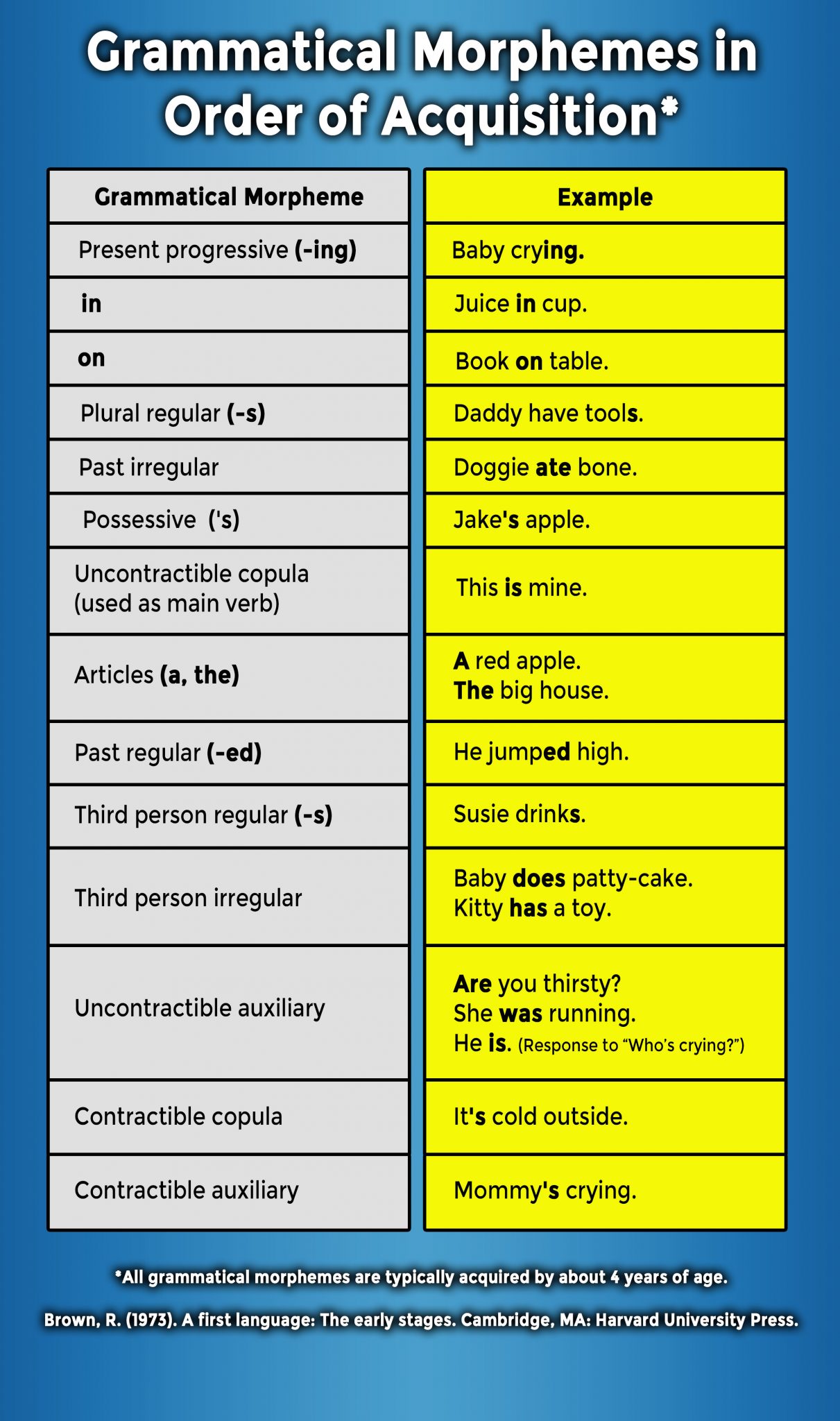
NARRATIVE DEVELOPMENT IN CHILDREN
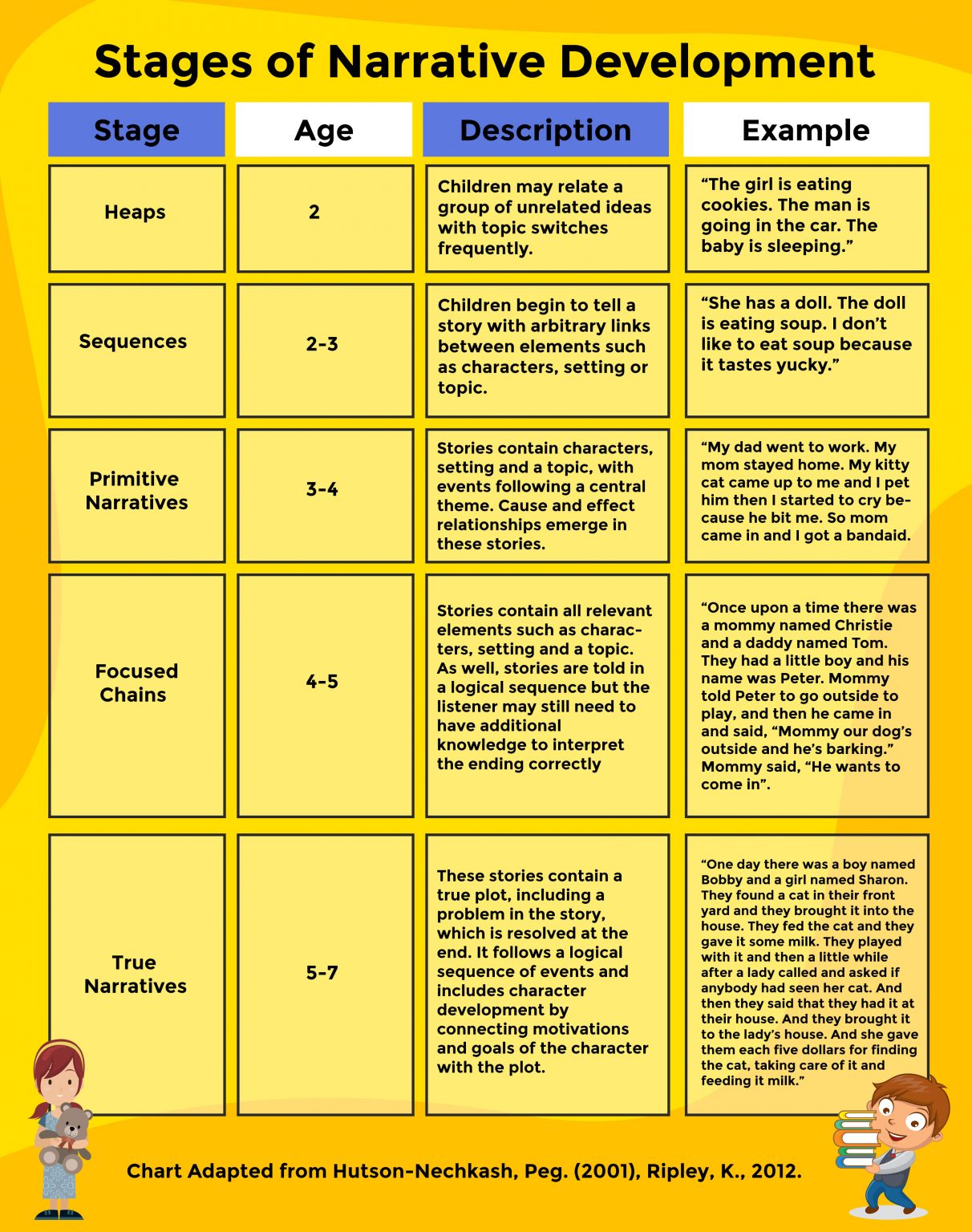
What is Expressive Language Disorder?
Unlike speech sound disorders, which involve difficulties in producing spoken sounds, language disorders refer to problems using spoken language compared to peers. These expressive problems manifest in at least one of these areas: spoken vocabulary, complexity of what the child is saying (grammar), and social use of words (pragmatics). These issues become more apparent when children, older than 4 years of age, have difficulties telling stories and making friends.
Language Disorders are classified as two types:
Mixed Receptive-Expressive Language Disorder – Difficulty with comprehension or understanding the words or complexity of what the individual understands compared to peers and has an expressive language disorder.
Expressive Language Disorder – Receptively, the individual is age appropriate but there are significant issues expressing oneself compared to peers.
There is no such thing as just a receptive language disorder. If a child is misdiagnosed with this label, either the child has significant attentional difficulties, or the child’s expressive language skills were not thoroughly assessed. Speech-language pathologists are the best professionals to thoroughly assess expressive language skills.
Spoken or expressive language disorder is a lifelong condition and appears in early childhood. It is often developmental in nature but may also be caused by traumatic brain injury. An individual with expressive language disorder exhibits normal comprehension skills but has difficulty with written and/or verbal expression. This can impair academic achievement and make it more difficult to socialize in groups with peers.
What Are the Signs of Expressive Language Disorder?
In many cases, signs of an expressive language disorder may be invisible to parents and teachers. Some signs and behaviors may not directly imply a language problem. According to research, one of the early signs of a language disorder in children is late talking. The Hanen Centre defines a late talker as a child between 18 and 30 months with a good understanding of language and typical development in other areas (hearing, vision, motor, and cognitive skills) but has a limited spoken vocabulary compared to peers for their age. However, late talking becomes a more serious concern for children who also exhibit other risk factors, such as:
- Quiet or little babbling as an infant
- Has a history of ear infections
- Limited consonant sounds
- Does not link pretend ideas and actions together during play
- Does not imitate words or sounds
- Uses mostly nouns and few verbs
- Difficulty interacting or playing with peers
- A family history of communication, learning, and academic difficulties
- Mild comprehension delay for their age
- Uses few gestures to communicate
Other signs of Expressive Language Disorder also include:
- less developed vocabulary than their peers
- often uses fillers like “um,” “uh,” and “huh”
- having no problems with understanding, but struggle with speaking, asking questions, or answering
- using short phrases or sentences or say the same words or phrases over and over;
- struggling with telling stories
- for toddlers, relying on using gestures
- lacking intonation and modulation when talking
- shying away from the conversation and avoid social situations or group interactions
- may say a lot but not make much sense
Signs of a child who needs expressive language therapy:
- Difficulty naming items and objects.
- Does not link words together or may use sentences that are shorter than those used by children of the same age.
- Uses sentences that are not grammatically correct and, therefore, can sound immature.
- May use jargon (made-up words) when talking.
- Speaks in sentences that are ‘jumbled’ (i.e., words are in the wrong order, lots of stopping and starting, creating a lack of flow).
- Can be misunderstood by unfamiliar people.
- May have difficulty finding the correct words to use when describing something or having a conversation. The child may use techniques such as ‘circumlocution’ (talking around the word) or a word with a similar meaning to help them express themselves.
PBS.ORG, Average Number of Words Produced
- At 15 months= 14 words
- 18 months= 68 words
- 23 months= 200 words
- 24 months- 200 to 300 words Dr. Rhea Paul, Ph. D.
- 30 months= 570 words
Diagnosing Expressive Language Disorder
As with all speech or language disorders, it is always important to first ensure that there are no hearing issues affecting language development. A hearing assessment by an audiologist is necessary to rule out any issues with hearing (ears). Even undetected ear infections can interfere with acquiring language in younger children.
To get your child diagnosed with an expressive language disorder, a speech-language pathologist (SLP) must do a thorough evaluation. A comprehensive assessment must be conducted with the help of the child’s family and teachers. This evaluation process includes both informal and formal assessments. Formal evaluation comes in the form of standardized tests, while informal evaluation involves interviews, observations, checklists, and language samples.
While both types are essential in providing accurate diagnosis and appropriate treatment goals, it is the language sample that provides a clearer picture of the child’s language abilities and conversational skills. Through language sampling, an SLP is able to gain a better understanding of the child’s strengths and weaknesses with regards to key language areas. These areas include syntax or grammar, semantics or word meanings, morphology (suffixes and prefixes), and pragmatics or social skills. Our SLPs at Staten Island Letters conduct language sampling in order to accurately diagnose and assess the needs of your child using the Systematic Analysis of Language Transcripts or SALT program. The typical expressive language development in young children, aged 12 months to 47 months onwards, is outlined in the Acquisition of Sentence Forms Within Brown’s Stages of Development. This framework is an invaluable tool used by SLPs in conducting a structural analysis of a language sample.
(Related: Find out more about language sampling in this article on the Structural Analysis of a Language Sample.)
During this phase, speech language pathologists will need to know the child’s:
- full case history (including birth and medical records; history of language, speech, reading, or academic difficulties in the family; languages or dialects were spoken at home; and, the family’s and teacher’s own observations and concerns)
- spoken language skills (phonology and phonological awareness, semantics, morphology, syntax, and pragmatics)
- level of reading and writing (if the child is school-age)
AVERAGE NUMBER OF WORDS A CHILD PRODUCES/SAYS
Age 3 1/2: 4,200 words
- Age 4: 5,600 words
- Age 5: 9,600 words
How to Treat Expressive Language Disorders in Young Children
Once a diagnosis is made, the SLP will conduct further analysis and observations before creating an individualized program. However, it is important to remember that therapy will not offer a permanent “cure” for the disorder. Instead, SLPs can equip children with strategies and techniques to help them manage their condition.
Therapy methods can vary, depending on the therapist and the child’s needs. Modelling target behaviour is one technique where the therapist models and reinforces aspects of speech that need to be targeted, such as sounds, vocabulary, and grammatical structure.
Some areas that SLPs address are:
For preschoolers (ages 3 to 5):
- enhancing phonological awareness through rhyming, blending, and segmenting spoken words
- improving vocabulary and understanding of semantic relationships
- increasing sentence types, length, and complexity
- improving conversational skills
- developing narrative skills
- increasing language flexibility in different contexts
- building and encouraging literacy skills

MEET OUR STATEN ISLAND SPEECH LANGUAGE THERAPISTS AND PATHOLOGISTS WHO TRAVEL TO YOUR HOME
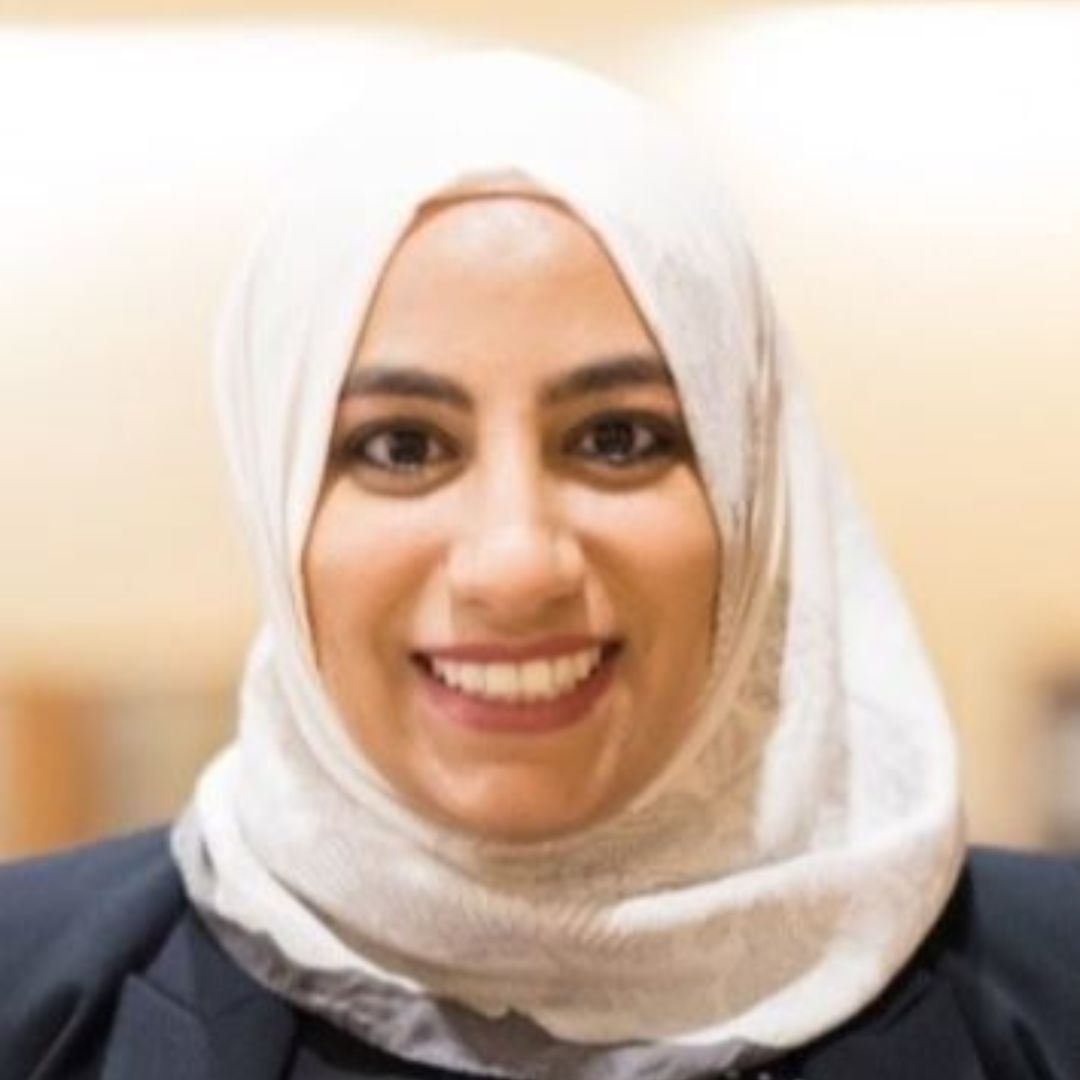
Sarah
M.S., CCC-SLP, SPEECH LANGUAGE PATHOLOGIST, NEW YORK STATE LICENSED CLINICIAN

Amanda
M.S., CCC-SLP, TSSLD, SPEECH-LANGUAGE PATHOLOGIST
FREE CONSULTATION!!!
Call: (347) 394-3485,
Text: (917) 426-8880
Email: [email protected]
(we respond to email right away!)
